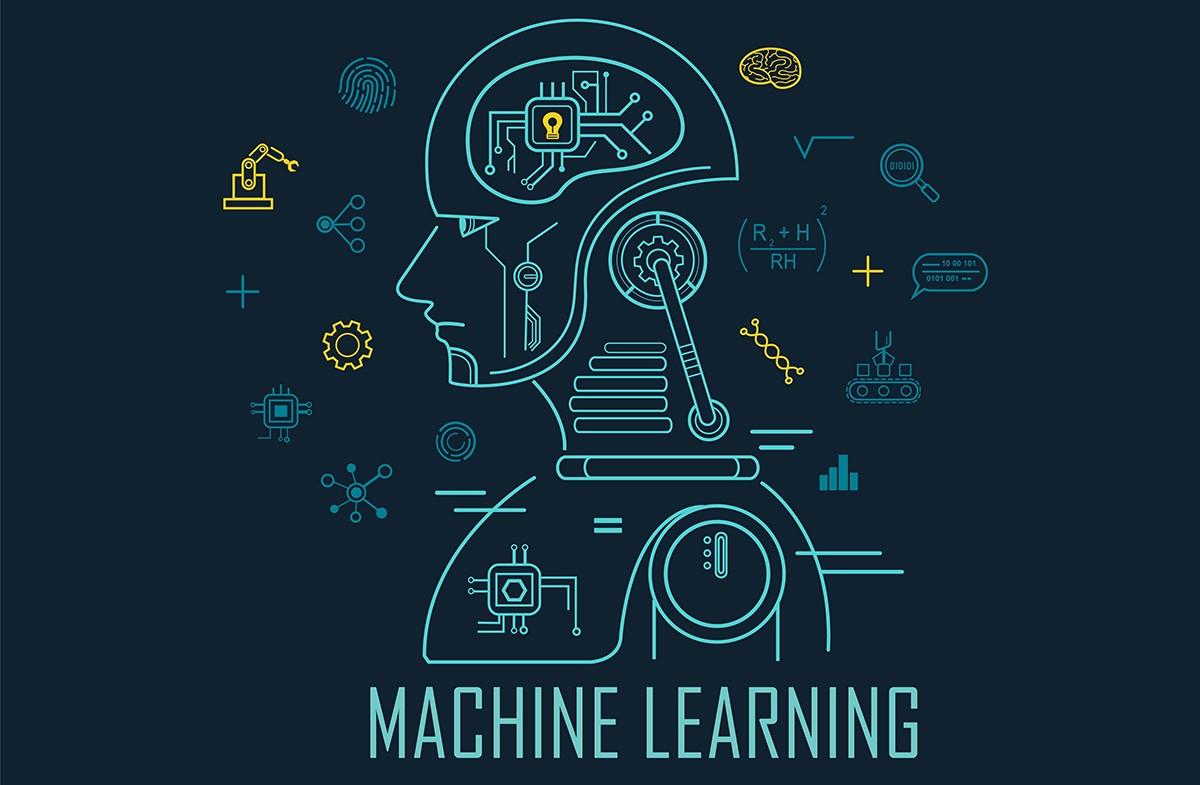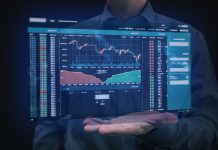The finance and banking institutes have been one of the forerunners when it comes to active utilization of various analytical capabilities. Banking and finance companies use data analytics for a wide range of purposes and this sector contributes a fair bit to the overall expansion of the analytics industry. In fact, students who plan enrolling for a machine learning course in Bangalore, Delhi, or other Indian city, eye the opportunities in the financial sector. Let us look at some specific areas in which the banks and NBFCs have benefitted from data analytics.
Fraud prevention
Identifying and preventing fraudulent transactions is one of the key usages of data science by Fin-tech corporations. For instance, when a usually conservative user makes a sudden large transaction with a credit card, the data driven system flags it as a potential act of fraudulence. The bank, then, contacts the user; blocks the card; and issues a new one. If you weigh the losses prevented against the inconvenience caused by these steps, you will see that the bank’s actions make total sense. Data scientists use algorithms like Random Forest to detect possible fraud. And it definitely protects the interest of both the bank and the customer.
Anomaly detection
This requires the use of recurrent deep learning models and long short term memory algorithms to detect anomalies in the aftermath of an event involving fraud. Anomaly detection is used mostly to identify and punish fraudulent traders who use non-public information to drive profit and fool others.
A person can, of course, make the right moves and win a lot of profits from stocks and equities. But there is a norm to that. Once the system catches someone getting too lucky too often it flags that trader. His or her trading records before and after the internal announcement of a non-public information is analyzed with the help of neural networks. And this helps the authorities to take actions if the trader is found guilty.
Customer analytics
Financial institutes, especially insurance companies depend a great deal on their understanding of the customers. They spend significant amounts of time and effort to cater to the customers who are likely to bring great value to the institution. Customer analytics plays a vital role in this. It allows them to categorize customers as high or low potential and distribute their efforts to cater them accordingly.
Data scientists use unsupervised machine learning to segment customers based on various features like spending habits, credit score, transaction history, history of loan defaults, etc. It helps them identify customers with low potential value and decreases the amount of attention given to them. Similarly when they find a customer with great potential they tweak their marketing efforts to cater to them with personalized offers and more engagement.
This is how machine learning allows banks to be selectively engaging with their customers.
Risk management
When it comes to finances risk usually means one of three things – uncertainty in the market, the sudden influx of competition, and trustworthiness of a customer. Investors and moneylenders can go to great extend to safeguard their money from potential loss and that tendency is what breeds risk analytics.
While risk analysts and quantitative analysts have been around for decades, a data science practitioner can easily adapt to the job. A data scientist can use machine learning algorithms to identify and predict risk and also provide a firm statement on a borrower’s credit worthiness.
This helps banks and financial institutes choose their prospective borrowers wisely and with an alleviated if not eliminated the amount of risk.
Algorithmic trading
A lot of trading opportunities are lost in hesitation and human error. Algorithmic trading addresses this problem by trading frequently, once every few seconds, to cash on every opportunity presented by the stock market. The hyperparameters are automatically modified by the algorithms based on performance. These machine traders have a very low tolerance for mistakes and they are not trigger happy.
The algorithms track inconsistencies in the market to find certain opportunities for profit. Every time there is a movement that might result into profit the algorithm receives a signal and makes the trade instantaneously. They will stay put and not make any trades unless there is a signal.
There have been mishaps in algorithmic trading, notably in 2008. But we have come a long way since and it is way safer now than before. However, most companies now have access to these algorithms which makes arbitrage opportunities scarce. This is where the value of data comes from. Institutions that have exclusive access to more data have an automatic edge over the competition. That is why data is the most important commodity.


















![TamilMV Proxy List Top 30+ [Unblock TamilMV Sites] TamilMV Proxy Unblock](https://technewsgather.com/wp-content/uploads/2023/04/17825836_SL-121019-25870-14-1-100x70.jpg)